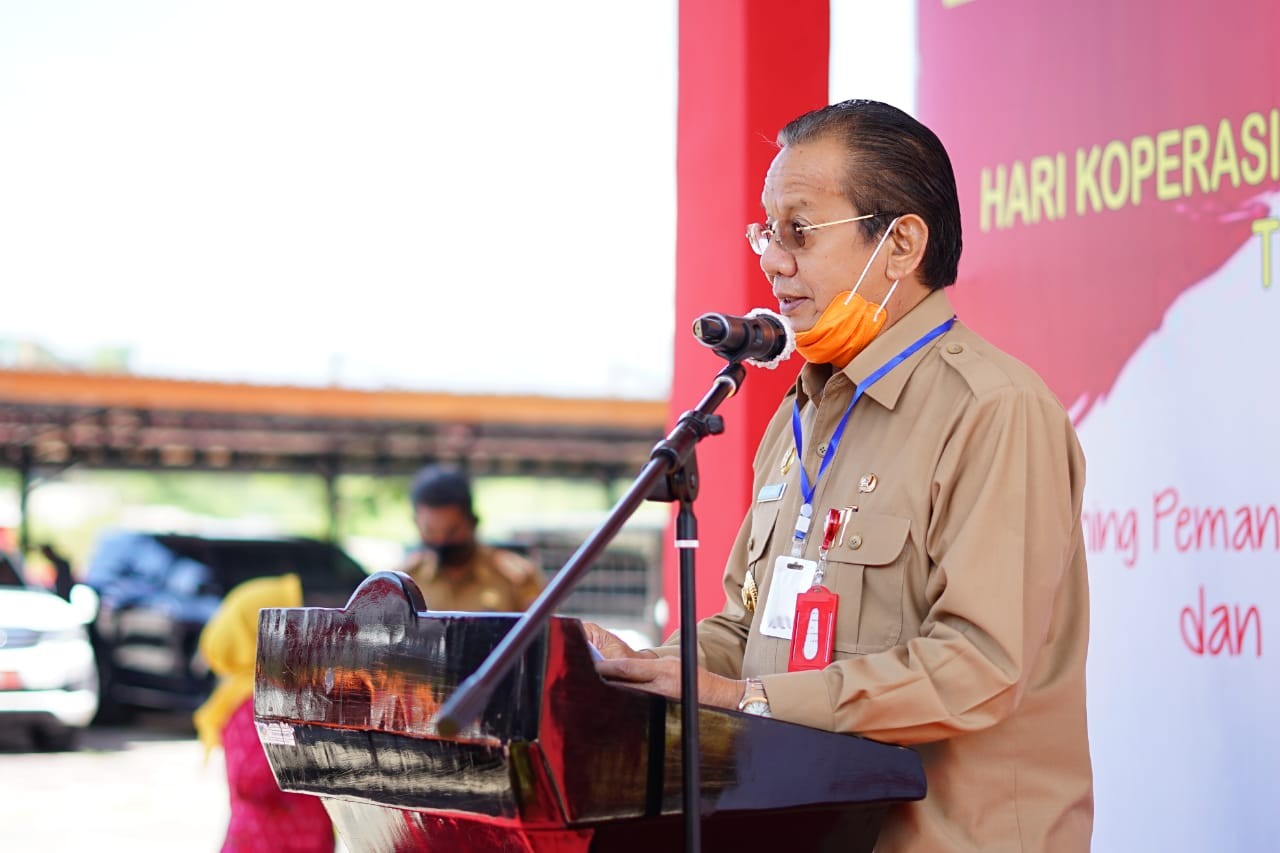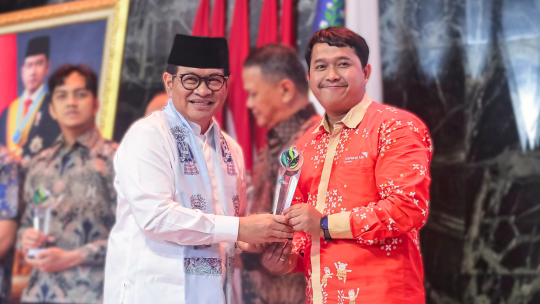Child Protection from all Forms of Violence

Children must receive protection from violence in all spheres of their lives, including the family, school, and community. Ensuring the safety of children from acts of violence is crucial in order to secure a brighter future for them. Children who experience acts of violence endure lasting effects that extend beyond the physical realm, impacting their future in profound ways. Prioritizing the safety of children and preventing their exposure to any form of violence is crucial.
Understanding Violent Acts is Crucial for Child Protection
Children are defined as individuals who are under the age of 18. Therefore, even if you are not yet 18 years old, you still hold the status of a child and are entitled to the same rights as children, which includes safeguarding them against acts of violence. Violence itself can occur among individuals, groups, or institutions.
Acts of violence are dangerous for a child's future because they can disrupt the child's growth and development. Therefore, safeguarding children from all forms of violence against them is crucial for their future health and development.
Child Protection from Any Acts of Violence That Occur
In order to prevent the occurrence of violence, we ensure child protection from all types of harm. We must prevent the following acts of violence from occurring to children:
-
Sexual violence
The first type of sexual violence that children experience is when they undergo sexual abuse. Physical contact qualifies as an act of sexual violence against children. Children experience sexual violence in the form of penetration, masturbation, kissing, touching the outside of clothing, and other things that are uncomfortable for them.
In addition to physical contact, sexual violence against children can also occur through non-physical means, such as viewing sexual images, participation in sexual activities, grooming, or encouragement to commit indecent acts, among others. It is important to know that acts of sexual violence can happen to girls and boys, so both need to get the best protection. -
Physical violence
Physical assault is the next form of violence that children can experience. So when you experience physical violence, it will cause injury due to intentional or unintentional actions, including hitting, throwing, poisoning, dousing hot water, strangling, and many other things.
When a child encounters physical violence, they undergo trauma that not only affects their body, potentially causing injuries, but also hinders their mental development. -
Emotional violence
Emotional violence is another form of violence that children may encounter. When this happens, it jeopardizes the child's intellectual, emotional, and psychological development. Emotional violence has an inevitable impact on their development.
Types of emotional violence that can occur include berating children, threatening them, giving mocking calls, criticizing and humiliating them, not fulfilling emotional needs such as not giving them love, neglecting them, and various other things. -
Abandonment
We must fulfill a child's right to protection from potential abandonment. Abandonment violence manifests when children fail to provide for their basic needs. They require clothing, shelter, food, and other necessities.
Abandonment violence, which fails to meet children's needs, can hinder their optimal development, as it deprives them of adequate nutrition, supervision, access to excellent health, a comfortable living environment, and other essentials. Therefore, abandonment can result in dangerous situations when parents or families fail to provide adequate supervision for their children. -
Exploitation
The other form of child violence involves the exploitation of children. Examples of exploitation include deceiving them, threatening them to do something undesirable, or trafficking them.
Of course, we will treat the exploitation activities of children under the age of 18 seriously in order to prevent acts that could harm children. -
Child labor
Child labor is the next form of violence that necessitates child protection. There are many parties who exploit children by using them as workers. People typically do this to cut costs, which naturally results in lower costs for child labor.
Many teenagers under 18 years of age are recruited as workers, so they are included in child labor. Child labor violence can prevent children from attending school, cause them to drop out, or endanger them by forcing them to do dangerous work.
Measures to Ensure Child Protection
If you come across cases involving children, it is critical to actively participate in efforts to stop this. Any type of violence experienced will have an effect on the child's mental and physical health. Therefore, improper handling can harm the child's future.
This underscores the importance of raising awareness about child protection, as it is not solely the responsibility of the family. In fact, there are numerous instances where those closest to children, including family members, commit acts of violence against them. Therefore, there is a need for awareness among third parties who can protect children by taking several actions, such as those listed below:
-
The initial course of action involves preventing violence against children. To prevent violence against children, we create a safe environment, educate them about their bodies to prevent sexual abuse and exploitation, and closely monitor them to prevent them from falling victim to violent acts.
-
The next step is to promptly report any instances of violence. It is crucial to take immediate action to prevent violence against children and ensure their early rescue.
-
Make sure to provide rehabilitation and recovery steps when a child experiences an act of violence. This will contribute to providing children with a more promising future.
Wahana Visi Indonesia is one way to protect children from violence. We safeguard abused children by implementing programs aimed at resolving their issues, including the provision of a safe house from Wahana Visi Indonesia to enhance their safety. Child donation and sponsorship programs also provide protection for children from experiencing neglect and becoming child laborers due to financial difficulties. Participate in Wahana Visi Indonesia’s program today to help prevent violence against children.



